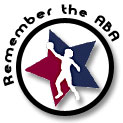
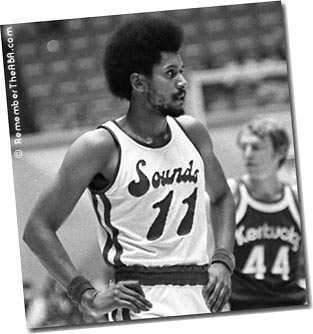 |
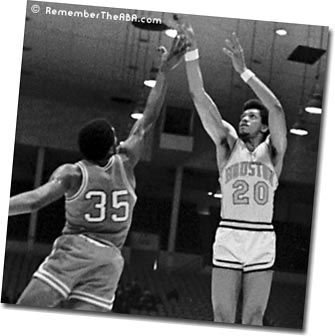 |

 |
 |
One of the ABA's all-time pure scorers; Deadly jumper from the baseline; Also one of the ABA's most well-traveled players - he played for an incredible 12 different ABA teams (and 7 different franchises) over the course of all of the league's nine seasons; Snapped a long playoff drought when he finally participated in the ABA post-season with the 1972-73 San Diego Conquistadors; 3 Time ABA All-Star (1973 and 1974, with the Conquistadors, and 1975 with the Memphis Sounds); 9th on the all-time ABA scoring list with 10,538 points; 2nd on the all-time ABA field goals attempted list with 10,854 shots; Set the ABA single-game scoring record when he erupted for 62 points against The Floridians on March 6, 1971 (his record lasted almost a year until Zelmo Beaty scored 63 points against the Pittsburgh Condors on February 21, 1972); One of the more fondly-remembered players of the ABA From Jim
O'Brien's 1971-72 and 1972-73 Complete Handbook of Pro Basketball:
|
||||||||||||||||||||||
|---|---|---|---|---|---|---|---|---|---|---|---|---|---|---|---|---|---|---|---|---|---|---|
| GP | Min | FGM | FGA | FG% | 3PM | 3PA | 3P% | FTM | FTA | FT% | TReb | AST | PF | Stl | Blk | Pnts | RPG | APG | PPG | |||
| Career ABA Totals | 205 | 19201 | 4586 | 10854 | .423 | 269 | 872 | .308 | 1097 | 1393 | .788 | 4263 | 984 | 665 | -- | -- | 10538 | 6.6 | 1.5 | 16.3 | ||
| ABA Playoff Totals | 15 | 569 | 103 | 264 | .390 | 12 | 30 | .400 | 20 | 25 | .800 | 93 | 33 | 32 | -- | -- | 238 | 6.2 | 2.2 | 15.9 | ||
| ABA All-Star Totals | 3 | 47 | 8 | 23 | .348 | 0 | 3 | .000 | 2 | 2 | 1.000 | 8 | 2 | 6 | -- | -- | 18 | 2.6 | 0.6 | 6.0 | ||
|
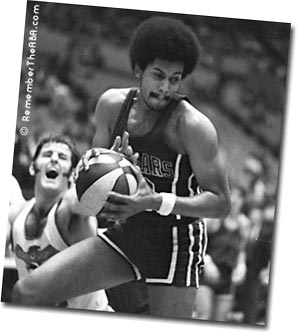 |
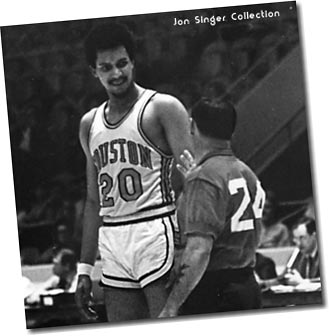 |